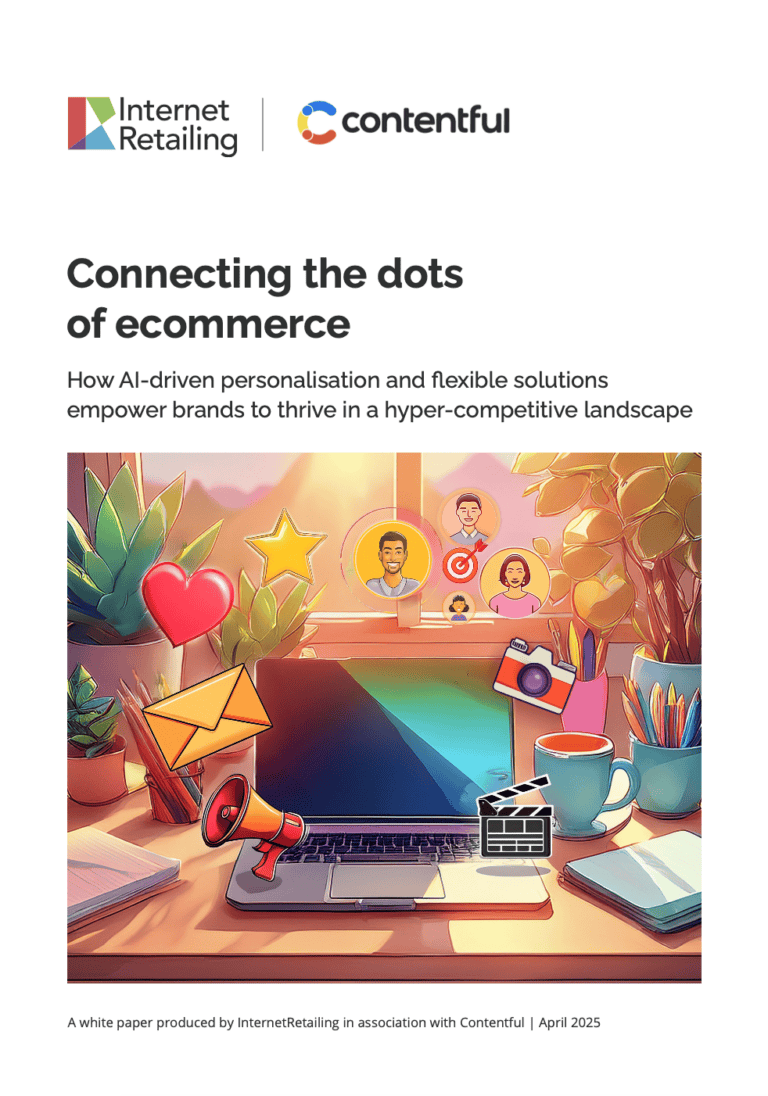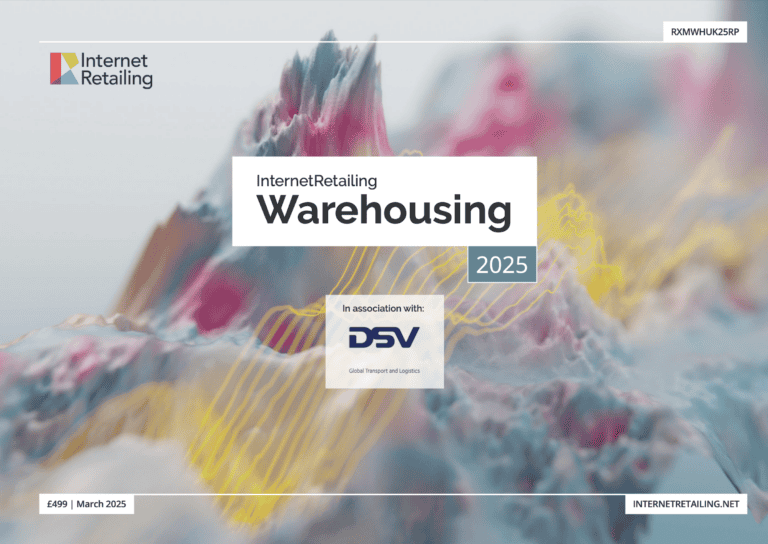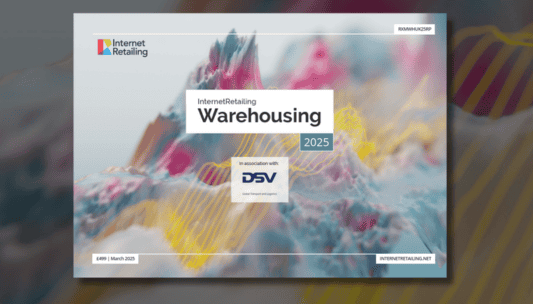Retailers are facing increasing pressure from ![]() environmental lobbyists. In this piece, Andy Hill, director at Sorted, reveals how this could impact delivery and the supply chain.
environmental lobbyists. In this piece, Andy Hill, director at Sorted, reveals how this could impact delivery and the supply chain.
What do plastic bottles, drinking straws, carrier bags, and disposable coffee cups all have in common? They’ve all been used as physical examples of consumers and governments holding retailers and brands accountable for their impact on the environment.
The question is, how long until the bright searchlight of public scrutiny focuses its full force on the supply chain?
When it comes to online shopping, there are two huge elephants in the room. The first is, how sustainable is it to have a logistics system geared towards delivering one item to an individual shopper’s home? The other is the question of packaging and whether online retailers are using too much packaging material in their quest for the perfect delivery experience.
Time to talk
As an industry, we need to have an adult conversation and tackle these and other important environmental questions before we are hauled before the court of public opinion Facebook-style and risk having our reputation severely damaged.
You don’t need to be a rocket scientist, or even a logistics expert, to realise that the most efficient way to ship is on a fully loaded truck. A big shipping company takes in products from all kinds of retailers. It consolidates them on vans that are destined for a specific neighbourhood. Those vans then head out jammed with boxes.
The science behind delivering a package efficiently is incredibly complex, with a dizzying number of variables to consider. But this hasn’t stopped a team of MIT professors from trying to compare the carbon footprint of online shopping with its bricks and mortar equivalent. They looked at three different product types (electronics, clothing and toys) and then compared different supply chain configurations, consumer transportation types (public transport, car etc) and urban density.
Environmentally friendly
Analysts at MIT pored over all of these factors and after much head scratching calculated that online shopping is generally more environmentally friendly – as long as the customer isn’t in a hurry and doesn’t want a next-day or same-day delivery. Unfortunately, those seem to be the two services consumers want most.
The environmental message for our industry is clear, online is good, but as we chase ever-faster delivery times we risk eroding these benefits, so we need to get better at doing so in a more sustainable way. It also helps that by being more efficient at delivering products we use less diesel, burn fewer hydrocarbons and release less pollution, but we also save money, add to the bottom line and pass savings on to the customer.
US mail firm UPS is at the forefront of supply-chain efficiency. As well as being into shiny new technologies such as alternative fuels, hybrid vehicles and electric vans, they also use tech to ensure their trucks are packed to the rafters with packets before they leave the depot.
A good example of this came in 2016 when they launched a software system that analyses every possible route for a delivery. A computer literally maps out, turn by turn, the best route for the driver. UPS says the system, called Orion, has so far saved the firm over 100-million road miles a year.
Getting to grips with packaging
One of the key issues facing e-commerce firms is that packaging designed to stand out and display well and protect against theft in the retail environment is not necessarily right for online fulfilment. The classic retail-oriented packaging is oversized, expensive and unsustainable.
Products are handled five times, on average, in a traditional retail supply chain, but e-commerce products can be handled up to 20 times, increasing the risk of damage, so packaging needs to be strong. As an industry, we need to work with suppliers to develop packaging that’s the right size and made from the best material for delivery.
Amazon, for example, has developed its own ‘frustration-free packaging’ criteria which is part of its Amazon Packaging Certification programme launched in 2016. Not only has the retailer cut the number of corrugated boxes it uses by over 83 million. It is also putting pressure on its suppliers to ensure their packaging is more sustainable.
Bamboo and wheat straw
Computer giant Dell has shown what can be achieved through its online sales platform, cutting box sizes by 10% and developing organic, recyclable packaging products from bamboo and wheat straw. To date the company has cut its parcel material use by 18 million kilogrammes and saved $18 million in energy, water, transportation and production costs. By 2020 Dell plans to use only sustainable packaging.
As we’ve seen from these examples, logistics firms acting alone can take steps to cut their environmental impact, but the best results can only be achieved when logistics companies and retailers work together to improve the bigger picture.
Judging by the current climate, it won’t be long before the green credentials of online shopping fall under public and possibly also government scrutiny, so it pays to get our house in order now.
Image credit: Fotolia and Sorted









